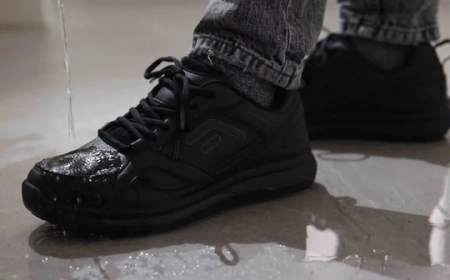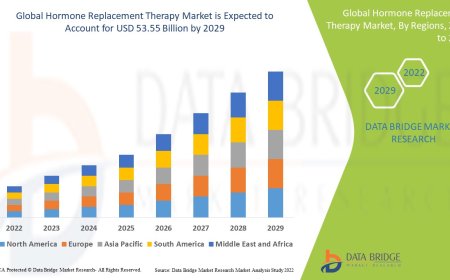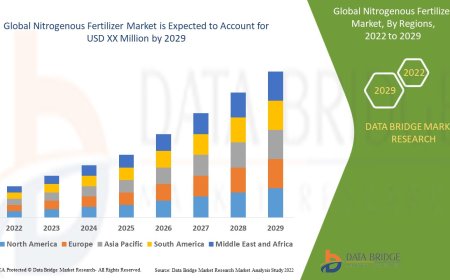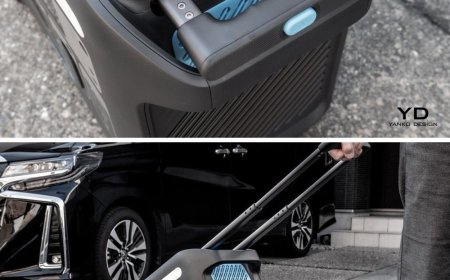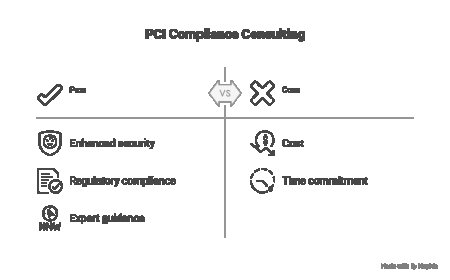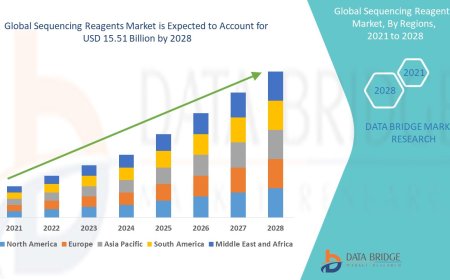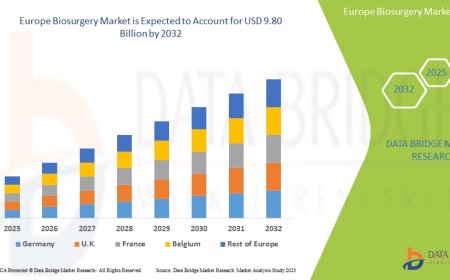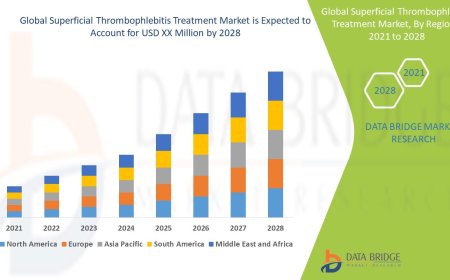Why UX/UI Design is Crucial for Ecommerce SEO Success

In the competitive world of ecommerce, driving traffic to your website is only half the battle. Converting that traffic into sales is the ultimate goal. To achieve this, a website must not only attract visitors but also provide them with an excellent user experience (UX) and intuitive user interface (UI) design. When it comes to Ecommerce SEO Services, UX/UI design plays a pivotal role in improving both search engine rankings and the overall conversion rate of an online store.
Understanding UX/UI Design and Its Impact on Ecommerce SEO
Before diving into how UX/UI design influences Ecommerce SEO Services, lets briefly define what UX and UI mean in the context of an ecommerce website.
- User Experience (UX) refers to the overall experience a user has when interacting with a website, especially in terms of ease of navigation, functionality, and overall satisfaction.
- User Interface (UI) focuses on the aesthetic aspects of a website, such as design elements, layout, and responsiveness.
An ecommerce website needs both well-designed UX and UI to effectively meet user needs and search engine algorithms. In today's digital age, the design of your ecommerce site impacts more than just user satisfaction; it can also make or break your sites SEO success.
The Intersection of UX/UI and Ecommerce SEO
When you invest in Ecommerce SEO Services, you aim to improve your sites visibility on search engines like Google. SEO success depends on many factors, such as keyword optimization, backlinks, and mobile-friendliness. However, user experience and interface design are just as crucial, if not more so. Googles algorithm increasingly prioritizes websites that offer a positive user experience.
Heres how UX/UI design contributes directly to Ecommerce SEO success:
Improved Site Navigation and Structure
The way a website is structured impacts both user experience and search engine rankings. A clear, intuitive site navigation makes it easier for users to find what theyre looking for. If they can navigate your site effortlessly, they are more likely to stay longer and make a purchase. This lower bounce rate and higher dwell time signal to search engines that your site is valuable and relevant to users, which can improve your SEO.
When it comes to Ecommerce SEO Services, a logical structure with clear categories and product pages optimized for both usability and search engines can make a significant difference in ranking. A well-structured website allows search engine crawlers to efficiently index your content and products, improving organic visibility.
Mobile Responsiveness
More than half of all internet traffic comes from mobile devices, and this number continues to grow. If your ecommerce site isnt optimized for mobile, it can lead to poor user experience, high bounce rates, and lower rankings. Google has even made mobile-friendliness a major ranking factor, meaning that if your site doesnt provide a seamless mobile experience, your Ecommerce SEO Packages might not deliver the expected results.
A responsive design adapts to different screen sizes, ensuring that visitors can easily browse your store, regardless of whether theyre using a desktop, tablet, or smartphone. A well-executed UI design ensures that the mobile interface is clean, easy to navigate, and visually appealing. This directly impacts user satisfaction and search engine performance.
Faster Loading Times
Website speed is another important factor in both UX and SEO. Slow-loading websites can frustrate users and cause them to abandon your site before even viewing your products. In fact, research shows that a one-second delay in page load time can result in a 7% reduction in conversions. Additionally, Google has confirmed that page speed is a ranking factor.
Efficient UX/UI design can help improve loading times by optimizing image sizes, reducing unnecessary scripts, and improving the overall performance of your ecommerce site. When your site loads faster, users are more likely to stay and explore your products, which can lead to higher conversion rates and improved SEO rankings.
Clear Calls-to-Action (CTAs)
A well-designed UI will have clear, actionable calls-to-action (CTAs) that guide users through the buying process. Whether its an Add to Cart button, a Buy Now prompt, or a Learn More link, your CTAs must be strategically placed and easy to find. Effective CTAs enhance user experience and help move potential customers through the sales funnel.
From an SEO perspective, well-designed CTAs can contribute to improved conversion rates, which in turn can send positive signals to search engines. When users interact with your CTAs, it shows search engines that your site provides valuable content and is user-friendly, which can positively affect your SEO ranking.
Engagement and User Trust
Trust signals like customer reviews, ratings, secure payment badges, and clear return policies are vital elements of an ecommerce sites UX/UI design. A site that lacks these trust signals can look unprofessional and deter potential customers. Conversely, displaying trust elements prominently can increase consumer confidence and encourage more purchases.
From an SEO perspective, engagement metrics like time on site, repeat visitors, and social shares are also influenced by trust. A well-designed ecommerce site that users feel comfortable navigating and purchasing from is more likely to generate these positive engagement metrics, which can improve your ranking in search engine results.
The Role of Ecommerce SEO Packages in Optimizing UX/UI Design
When you choose Ecommerce SEO Services, many agencies offer comprehensive solutions that include UX/UI improvements. This means that alongside traditional SEO practices, an agency might offer to overhaul your websites design, structure, and functionality to optimize the user experience.
E-commerce SEO Packages typically include services like:
- Site audits to identify UX/UI weaknesses that could affect SEO performance
- Speed optimization to improve load times and mobile responsiveness
- On-page SEO optimizations, including title tags, product descriptions, and image alt text
- Conversion rate optimization (CRO) strategies to improve user engagement and purchases
By combining both design improvements and SEO strategies, Ecommerce SEO Services can help you create a website that not only ranks well on search engines but also delivers a seamless and engaging experience to users.
Conclusion
In the world of ecommerce, user experience and interface design are more than just aesthetic choicesthey are crucial elements of a successful SEO strategy. By optimizing the UX/UI of your website, you can improve navigation, speed, mobile responsiveness, and overall user engagement. These improvements dont just make your site more pleasant to use; they also play a significant role in boosting your sites SEO rankings.
Investing in Ecommerce SEO Services that include UX/UI design optimization is an investment in both your search engine rankings and your bottom line. As you refine your website's user experience, you'll see not only an increase in traffic but also a greater ability to convert visitors into loyal customers. If you want your ecommerce site to succeed, focusing on both design and SEO is the key to long-term growth.





